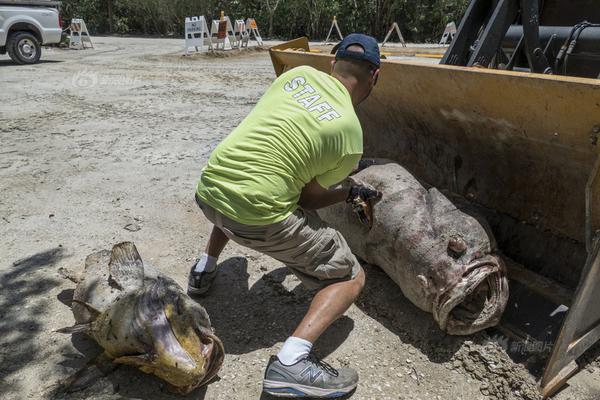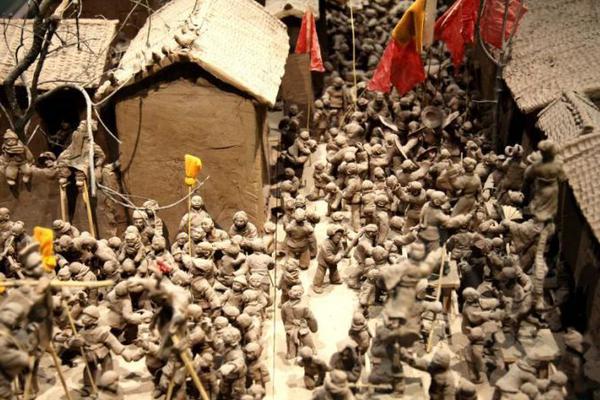【】
He never sought the spotlight, but the spotlight was almost thrust upon him.
Gary Kurtz, a quiet but friendly soul who died of cancer this weekend at the age of 78, was best known as the solo producer of Star Wars. If that groundbreaking, culture-changing film had won at the Academy Awards in February 1978 -- and it came close to defeating Annie Hallin the ballot -- then Kurtz alone would accept the Best Picture Oscar while George Lucas sat and clapped.
SEE ALSO:'Star Wars' Producer Blasts 'Star Wars' MythsThat would not have been inappropriate. Though Kurtz's role has been somewhat diminished in official Lucasfilm history, it is undeniable that he guided the company's three most influential and well-received films -- American Graffiti, Star Warsand The Empire Strikes Back-- to their stellar success on the screen.
Lucas had only made the dystopian arthouse bummer THX 1138when he met Kurtz -- an unusual combination of peaceful Quaker and stoic Marine who had recently returned from Vietnam. This was 1971: Kurtz had just helped to produce a James Taylor road movie called Two-Lane Blacktop, and could get his hands on far better film equipment than Lucas could.

It was their mutual love of the 1930s serial Flash Gordonthat started Lucas on the path to making his now world-famous fan-fiction version. And while Lucas stewed in silence, it was Kurtz' ability to communicate with the hostile London crew of Star Warsin 1976 -- and to direct a second unit -- that helped the shoestring-budget movie make it to the screen at all.
Tweet may have been deleted
Then there's Kurtz's role in creating one of the key aspects of Star Wars lore, the Force. Lucas was certainly interested in religion already, but was struggling to express his spirituality in early drafts of Star Wars. The first draft saw one character say "I feel the Force of Others also," with no explanation. In the second draft, Lucas wrote about the "Bogan Force" (the Dark Side) and the "Ashla Force" (the light), with perhaps too much explanation.
So Kurtz, a student of comparative religion, took his textbooks from the shelf and had many late-night chats with Lucas about how they could introduce the Force succinctly. "We did have long discussions about various religious philosophies, and how people related to them, and how we could simplify it," Kurtz told me in 2014 in an interview for How Star Wars Conquered the Universe.
"'May the Force be with you' came out of medieval Christianity, where 'may God go with you' was a symbol that you would be safe. We wanted something as simple as that, an everyday expression that linked to the power of the Force that wasn’t overbearing."
Hey presto: In Lucas' third draft, the Force was described in an economical three sentences by Ben Kenobi. Kurtz never wanted to take credit; it wasn't clear who in those late-night sessions had come up with the words, and he wasn't the taking-credit type. But if he wasn't necessarily thefather of the Force, he was certainly afather.
 Kurtz and Lucas on the set of 'American Graffiti,' the movie that made Lucas' fortune.Credit: universal pictures/Getty Images
Kurtz and Lucas on the set of 'American Graffiti,' the movie that made Lucas' fortune.Credit: universal pictures/Getty ImagesUnfortunately, Lucas fell out with Kurtz during production on Empire Strikes Backbecause of the movie's cost overruns. That had more to do with a sudden surge in the value of the British pound than anything else. But Kurtz was seen as unable to rein in the famously slow director, Irvin Kershner, and it was Lucas' own seed money on the line.
So before Empirewas done, Lucas tapped producer and friend Howard Kazanjian for the film that became Return of the Jedi. It came in on time and under budget. It was also no Empire.
Kurtz could have coasted on his reputation after that. Instead he joined forces with Jim Henson and produced The Dark Crystal (1982), an international hit that invaded a whole generation's childhood dreams (a prequel series is currently in production for Netflix). It was moody, misty and mythological -- just like the Yoda-on-Dagobah scenes that Kurtz oversaw, but movie-length.
The producer got closer to nightmare territory with his next film, Return to Oz (1985). This was perceived as too dark at the time -- certainly compared with its Judy Garland-starring, all-singing all-dancing predecessor. But it was arguably just ahead of its time, with Kurtz and director Walter Murch (another Lucas pal) helping to pioneer the dark, gritty reboot.
Kurtz moved to the U.K. for the Dark Crystalproduction, made it his home base soon after, traveled often to China for various film projects, and passed away in North London. He is survived by a wife, three children, a massive archive of movie stills, and millions of grateful fans.
May the Force be with him, always.
Featured Video For You
In honor of 'Solo' hitting theaters, we talked about what makes Star Wars so magical
TopicsStar Wars
- 头条新闻
- Did our grandparents have the best beauty advice?
- 4 ways to be there for someone who is grieving during the holidays
- SNES Classic outsells PS4 and Xbox One for the second month in a row
- Twitter hero who deactivated Trump's account says it was a 'mistake'
- Michael Phelps says goodbye to the pool with Olympic gold
- Spotify is quietly testing a new feature to make your Discover Weekly playlist even smarter
- Gal Gadot met Brooklynn Prince and we're so jealous of both of them
- When net neutrality is in peril, this old chart swoops in
- Tributes flow after death of former Singapore president S.R. Nathan
- 13 times nature was scary AF in 2017
- 图片新闻
- 新闻排行榜








